Jardins del Princep, Tortosa
Under the walls of the fortress of San Juan is the sculpture Park of the Spanish artist Santiago de Santiago Hernández, better known as the "Garden of the Prince" (Jardins del Princep).

Initially, the garden belonged to the monastery of the order of Saint Clarissa, at the end of the last century, a healing mineral spring was discovered there, and some for a long time there was a balneological resort "Villa Tio" (Finca de los Tió). In 1942, the site was purchased by the Salesian monastery. In 1970, the monastery closed, and the garden became municipal property and was long in disrepair. In 1989, a local patron, Jose Selma Prieto, suggested that a permanent exhibition of sculptures by his friend, Sanago de Santiago, be held on this site.

The open-air sculpture Museum was opened on September 23, 1991 by the heir to the Spanish throne, the Prince of Asturias and Girona, which is why it got its name from the inhabitants of the city.

The sculptor was born in the village of Navescurial in the province of Avila, and more than 70 of his works adorn various cities in Spain. Santiago de Santiago awarded several medals, and in 1971 received the Extraordinary Princess Sofia award from the Spanish Association of artists and sculptors. The sculptures in the Prince's Garden are linked by a common idea - " The Man, his motivation and fate". As the sculptor himself says , his idea was to tell the history of mankind, to depict the most remarkable moments and actions, the most important events in the history of the world.
"The Pride" sculpture (La Superbia).
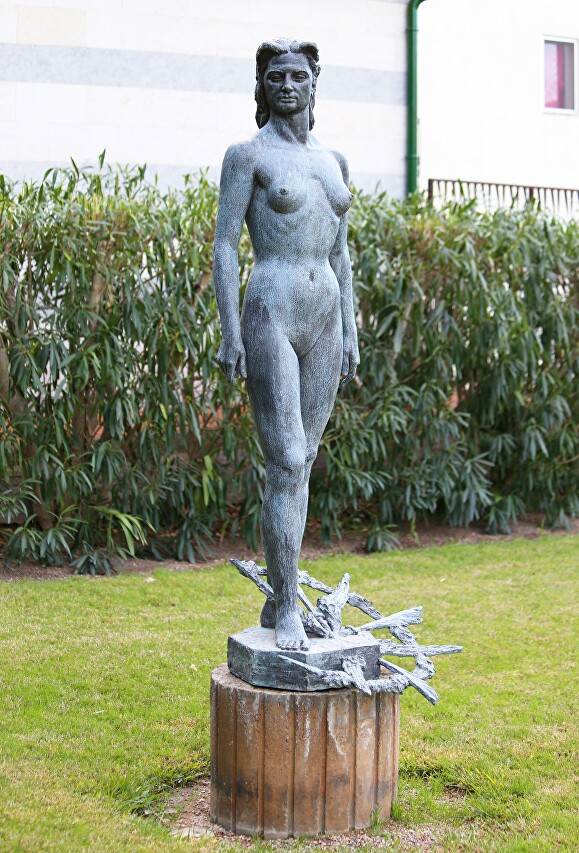
"Lucifer" (Luzbel) - an angel who fancied himself equal to God, for which he was thrown into hell.
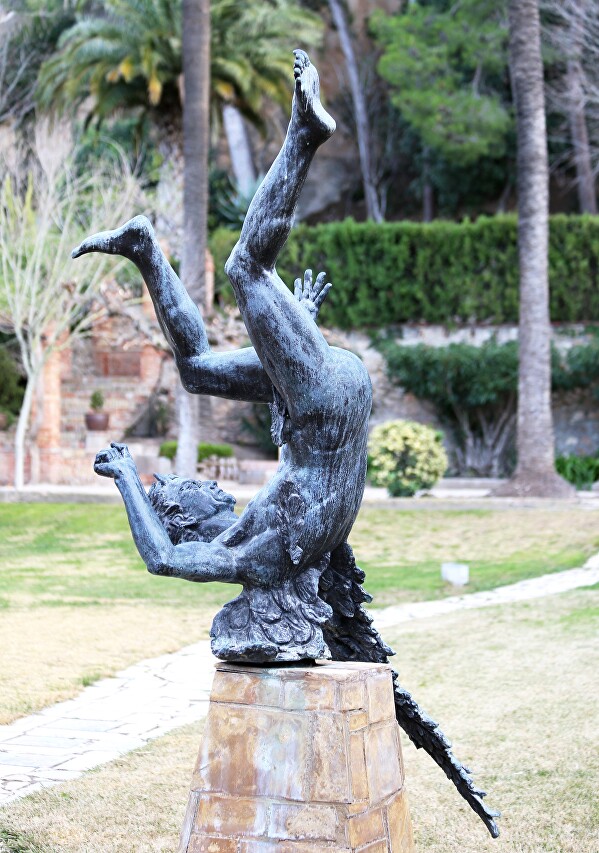
"Primitive man" (L'Home Primitiu). The scene depicts the making of fire for cooking.


It is not clear the name of the sculpture - "Brotherhood" (La Fraternidad). It shows a woman with a club and a defeated man.
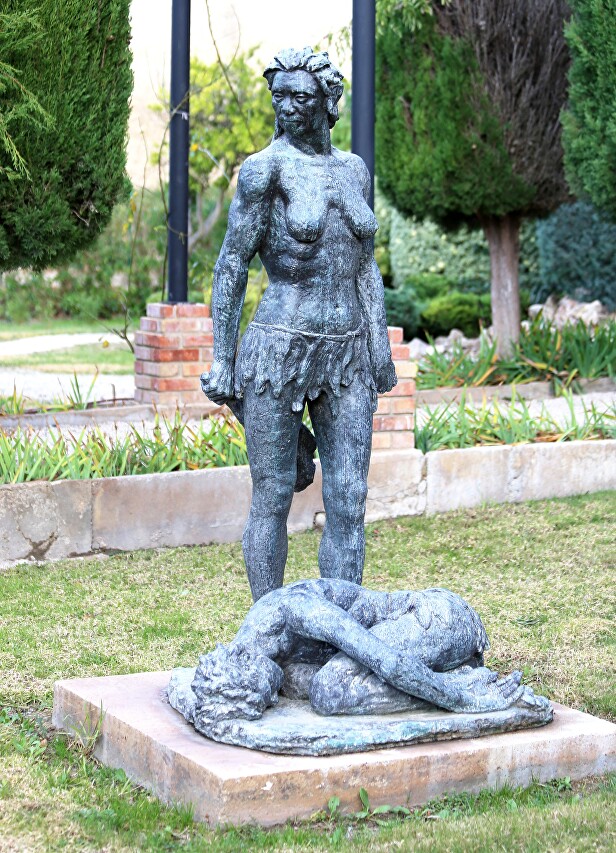
"Genghis Khan".

"Ballet Of The New World" (El ballet del Nou Món).

"Astronaut and Laika". The dog Laika is the first creature sent into space.

Part of the sculpture park is dedicated to the relationship between men and women.

"A Kiss" (Beso).
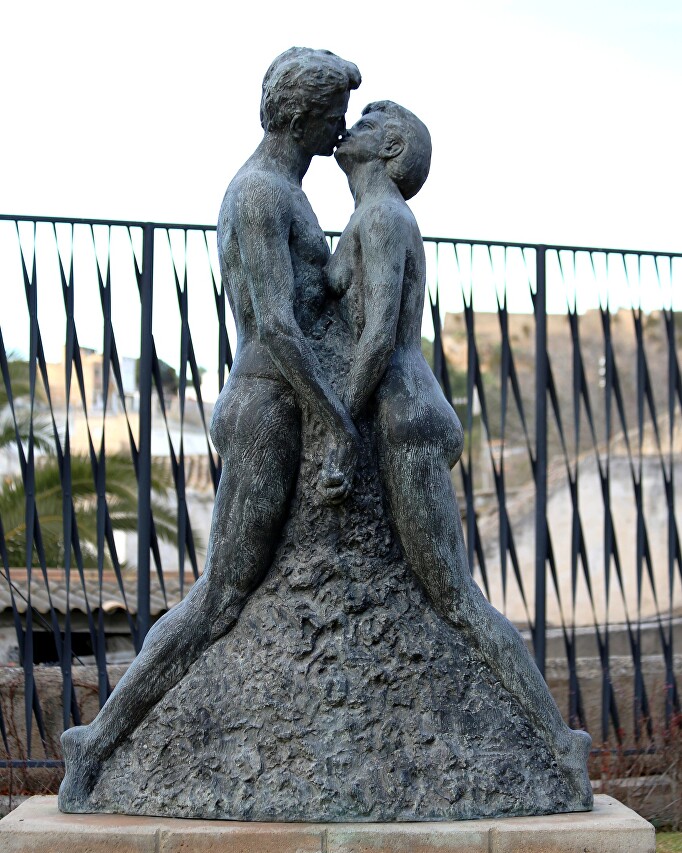
"Tenderness" (Caricia).

"Friends" (Amigos).

Irse, literally "leave".

At first I thought that this meant a breakup, but when I noticed the intimate contact of hands, I realized that the artist had depicted a tender parting.

"Thinking" (Pensando).
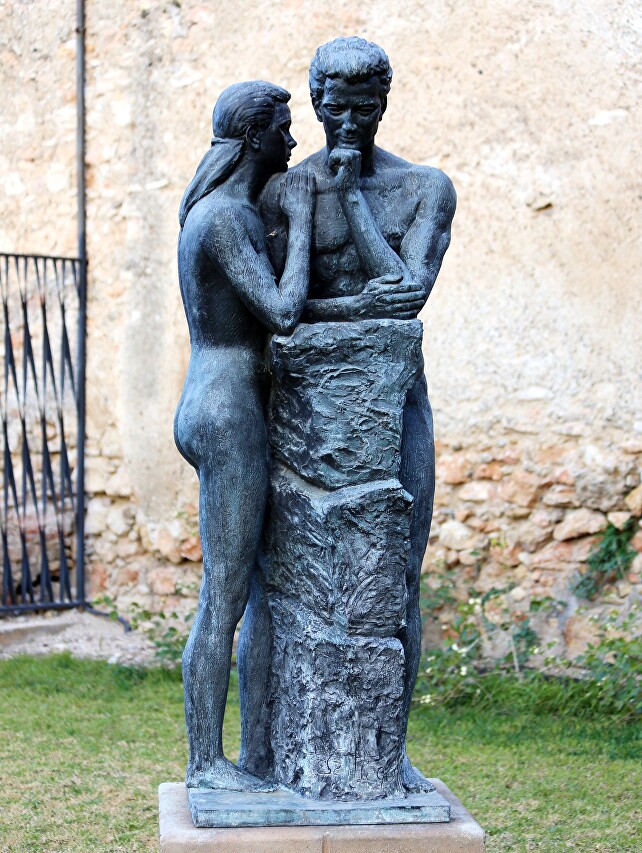
Another tender kiss.

"A Family" (La Familia).

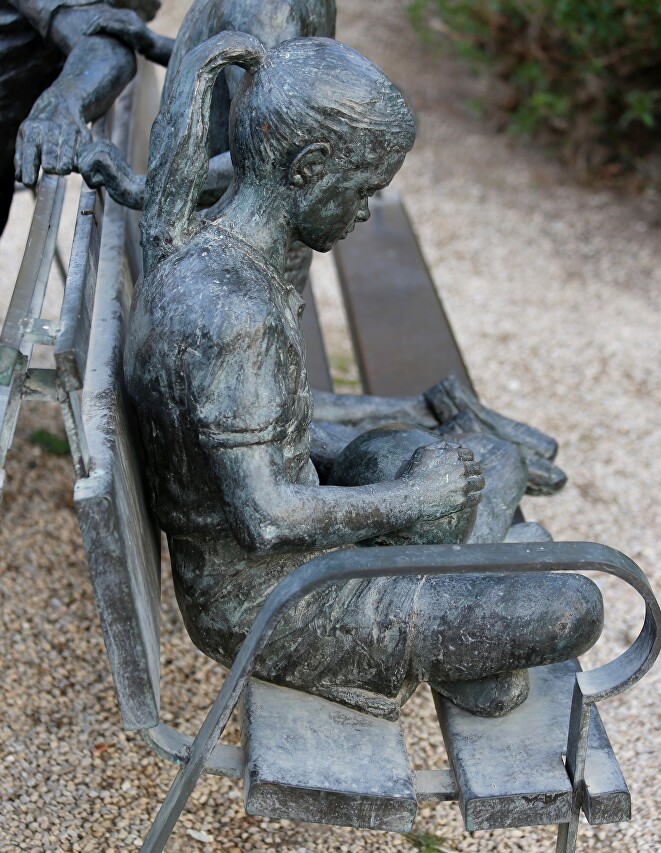

The sculpture group of representatives of three generations is called "The Significance of life" (El Peso de la Vida).


The main structure of the Park is the sculpture composition "The Struggle of Humanity" (La lucha de la Humanidad), which depicts the passions of man, his liberation and final victory.
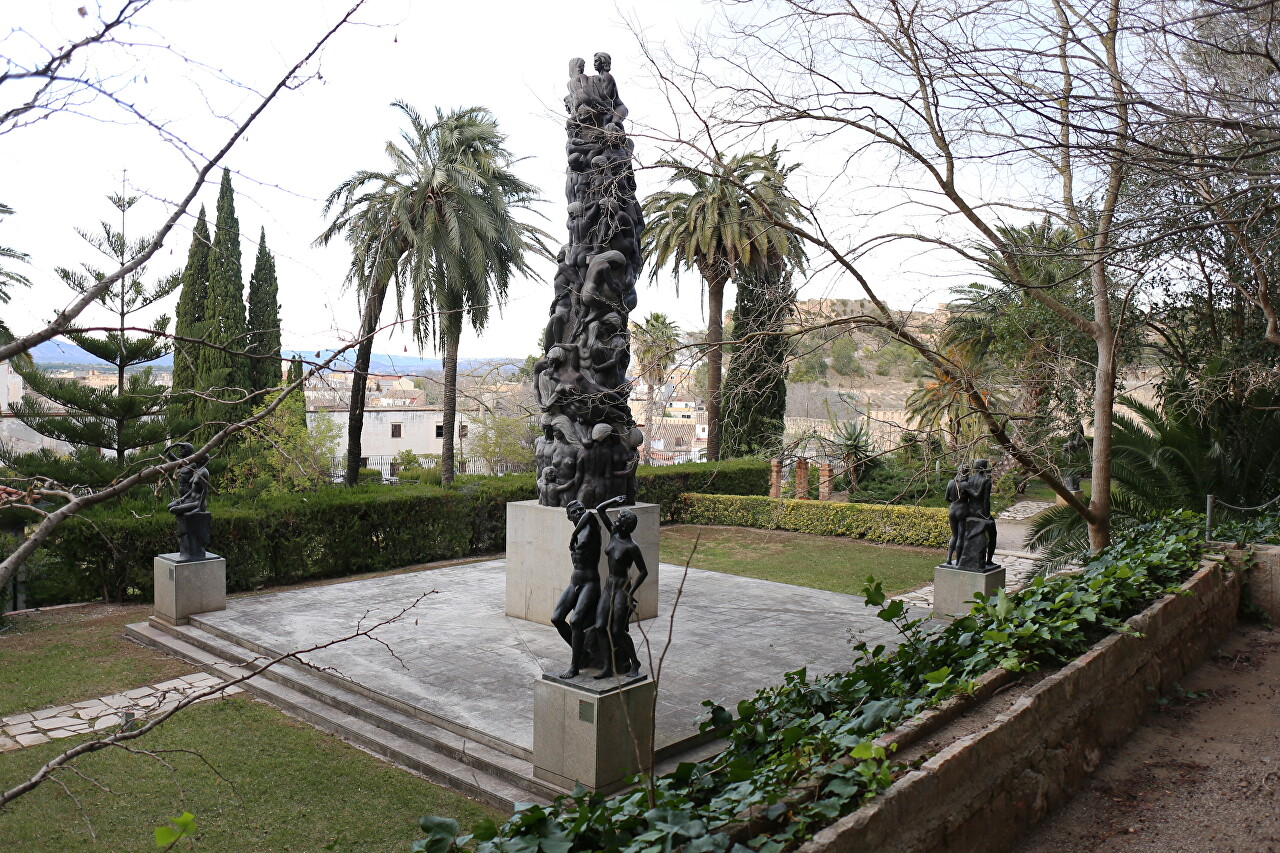
It is a 7.5- meter-high column of intertwined four dozen human figures, aiming upwards.

The monument is similar in form and content to Gustav Vigeland's "Monolith" in Oslo's Frogner Park.

Around the central monolith there are four sculptural groups dedicated to various stages of human life
"The Beginning of Life".

"People in society",

"Man by himself",
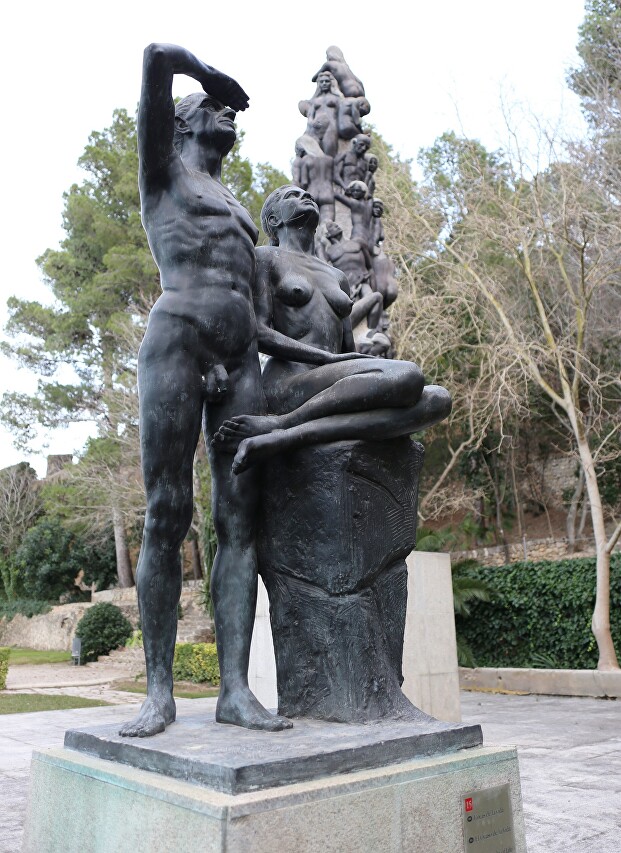
And "Sunset of life". These four sculptures convey the same idea as the Vigeland Fountain in Oslo.

A little to the side is another sculpture that can be attributed to the Central monument - "Man in Particular" (Hombre en Particular).

In the garden alleys you can see a lot of exotic plants, including several varieties of cacti.

The entrance to the Garden is behind the church of Sant Jaume. Opening hours from may to September are from 10: 00 to 13: 30 and from 16: 30 to 19: 30, on Saturday from 9: 30 to 13: 30, from October to April from 10: 00 to 13:30 and from 15:30 to 18: 30. Saturday from 9: 30 to 13: 30. Closed on Mondays and public holidays. Ticket price 3 euros. The Garden on map